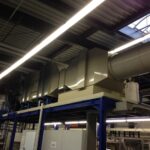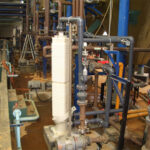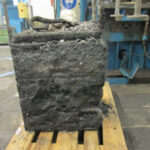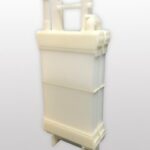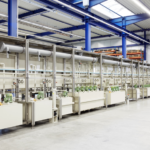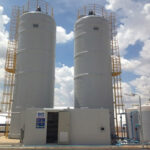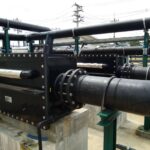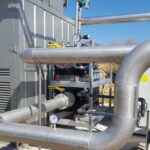Case study no. 13:
Biogas desulphurization
Initial situation
During the production of biogas, toxic and corrosive hydrogen sulphide gas is produced in the fermenter, which must be removed from the gas flow.
Otherwise, the operating costs in the CHP unit for oil changes and spark plugs will increase, as will the costs for repairs and downtime due to corrosion. In addition, combustion would produce sulphur dioxide, which reacts with water to form sulphurous acid and pollutes the environment even in low concentrations.
Task definition
The hydrogen sulphide concentration must be reduced to below 100-250ppm before the engine of the CHP unit. This is to be realized by a biological gas scrubber. The temperatures in the scrubber must be precisely maintained in order to achieve the necessary high level of efficiency.
Solution
The corrosive washing solution is heated with the aid of a Calorplast tube plate heat exchanger.

Result
The Calorplast tube plate heat exchanger made of PE-RT or PVDF is used in numerous biogas desulphurization plants around the world.ventilation systems



